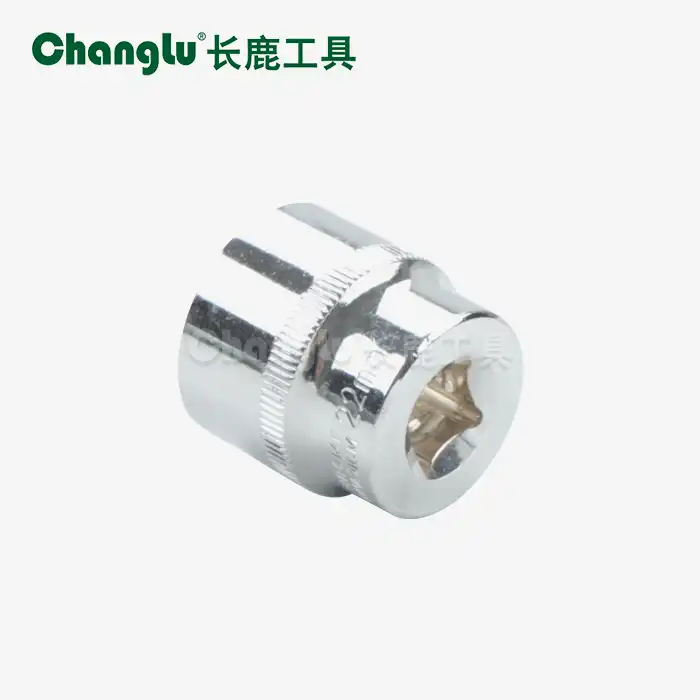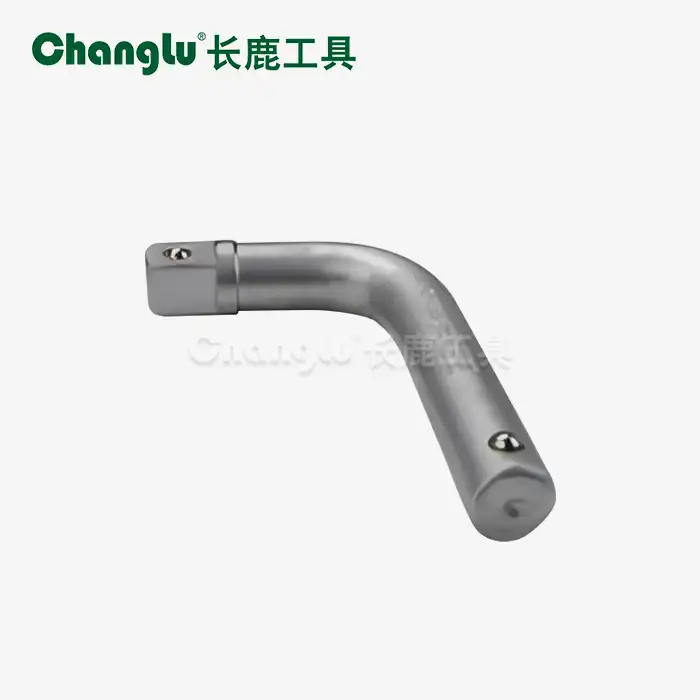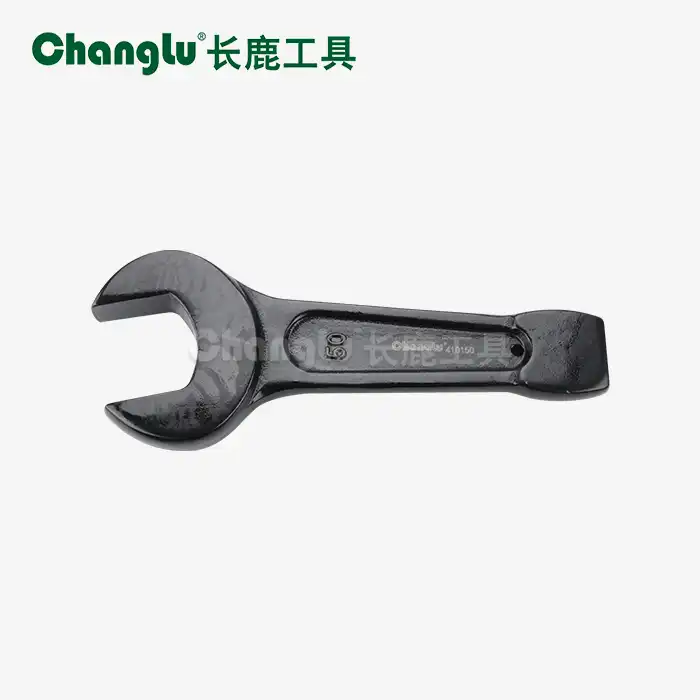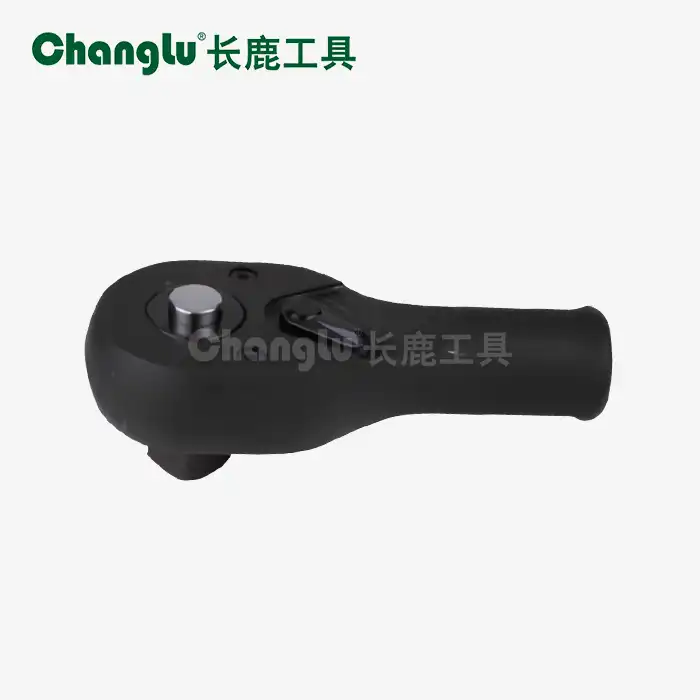A pointer torque wrench is a specialized mechanical tool designed to apply a specific torque to fasteners such as bolts and nuts. Its unique pointer and scale mechanism allows users to precisely measure and control the amount of force applied during tightening, enhancing accuracy and preventing over-tightening or under-tightening. Understanding what a pointer torque wrench is and how it enhances precision is essential for professionals looking to improve their fastening processes in industries demanding high reliability and consistent quality.
What Is Pointer Torque Wrench?
The pointer torque torque is a classical torque measuring instrument broadly utilized in different building and mechanical applications. It ordinarily comprises of a lever arm associated to a calibrated scale and a pointer that moves in reaction to connected constrain. As the client fixes a clasp, the torque created causes the lever to move, and the pointer shows the correct torque esteem on the scale. This coordinate mechanical readout empowers administrators to screen fixing constrain in genuine time, guaranteeing a reliable and solid torque application.
Unlike electronic torque torques, pointer sorts work without batteries or complex gadgets, making them strong and simple to keep up. Their direct plan and analog marker are especially favored in situations where fast and dependable calibration without advanced frameworks is essential. The scale is more often than not graduated in both Newton-meters (Nm) and foot-pounds (ft-lb), pleasing different mechanical standards.
The center situating of this torque torque lies in conveying a material and unmistakable gage for torque estimation, which bolsters basic fixing highlights, particularly where exactness is a need. This apparatus bridges the crevice between administrator ability and mechanical consistency by giving a quantifiable, movable constrain threshold.
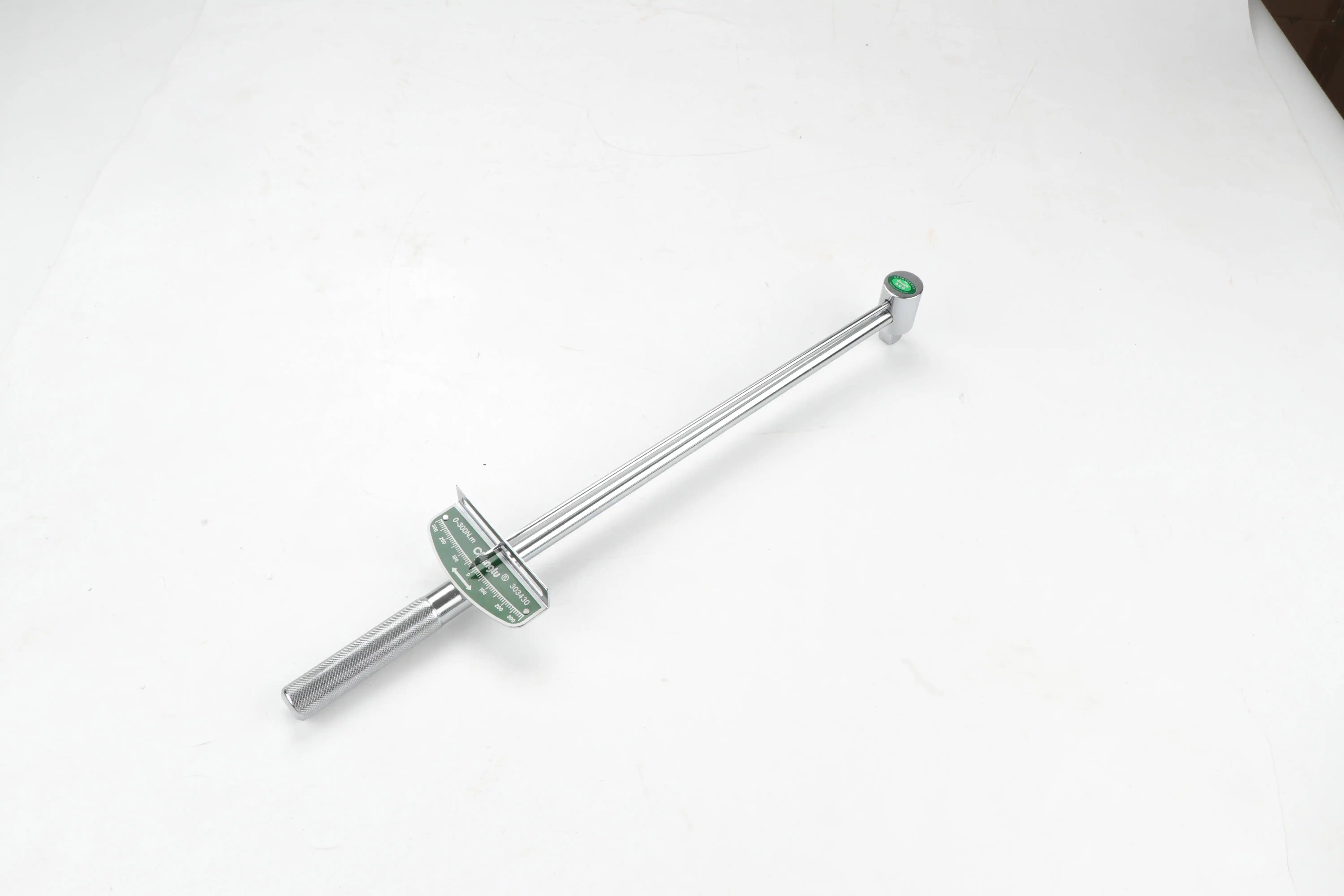
The Problem It Solves and the Need It Fulfills
Fastener torque control represents a fundamental challenge in hardware, automotive, and machinery manufacturing and maintenance. Insufficient or excessive torque can lead to equipment failure, compromised safety, or product defects. Inaccurate torque application results in either loose assemblies prone to vibration and damage, or overly tight connections causing thread stripping or component deformation.
The pointer torque wrench addresses these issues by delivering accurate, real-time torque feedback during fastening processes. Many industries struggle with unstable quality due to inconsistent tightening, unsystematic calibration, and unpredictable tool performance. By integrating this wrench into the workflow, organizations can achieve standardized torque settings every cycle, minimizing risks associated with over-tightening and under-tightening.
Another critical concern pointer torque wrenches tackle is providing an affordable yet reliable torque measurement solution. Electronic torque wrenches can sometimes be cost-prohibitive and require complex calibration tools. The mechanical simplicity of the pointer wrench meets the needs of small to medium enterprises that seek dependable tools without escalating equipment costs or compromising operational quality.
Core Features and Functionality Deep Dive
The primary feature setting pointer torque wrenches apart is their analog scale with a moving pointer, driven by a calibrated lever mechanism. This design translates mechanical deformation, caused by the applied twisting force on the wrench head, into a needle deflection matching the torque level.
The scale is carefully calibrated based on the torsional stiffness of the wrench's lever arm, allowing it to measure torque values with minimal error. The pointer lags or advances in sync with the applied force, providing an instantaneous and continuous reading. This facilitates precise control over tightening operations during use.
Adjustability is another hallmark, often realized through calibration screws or internal adjustment mechanisms. These allow users or technicians to fine-tune the wrench according to the recommended torque levels for specific applications. Repeated calibration ensures ongoing accuracy, vital for maintaining consistency in production environments.
Ergonomics also play a role—most pointer torque wrenches feature ratcheting heads for easier access to fasteners and eliminate the need to reposition the tool mid-operation. The tool's length and handle design are optimized to provide leverage without sacrificing user comfort, enabling efficient force application.
The absence of electronic components means fewer calibration requirements related to sensor drift, enhanced durability in harsh or oily environments, and a lower likelihood of electronic failure. This mechanical design, combined with visible force indication, ensures users confidently monitor and control torque throughout the tightening process.
Under the Hood: Technology Explained
The pointer torque torque works on principal standards of mechanical misshapening and lever mechanics. When a torque is connected, the tool’s lever arm experiences slight flexible twisting corresponding to the connected constrain. This bowing moves the pointer over a settled scale, demonstrating the size of torque being applied.
The torque employments a calibrated spring system—usually made of tempered steel—that stands up to relocation. The degree of lever avoidance is absolutely related with the torque stack, permitting the pointer to reflect the real-time constrain. Calibration guarantees the spring pressure and scale graduations compare precisely to known torque values.
The ratchet instrument coordinates into numerous pointer torque torques encourages smooth fixing and separation, empowering multi-directional application of drive. This inside instrument guarantees the torque applies torque as it were in the fixing course whereas liberating the client from repositioning.
This innovation, in spite of the fact that mechanically straightforward, is profoundly solid. It disposes of electronic commotion, control reliance, and sensor corruption, common in computerized torque instruments. The analog pointer gives a coordinate, visual affirmation of connected drive, which adjusts well with clients looking for straightforwardness and ease of alteration on the shop floor.
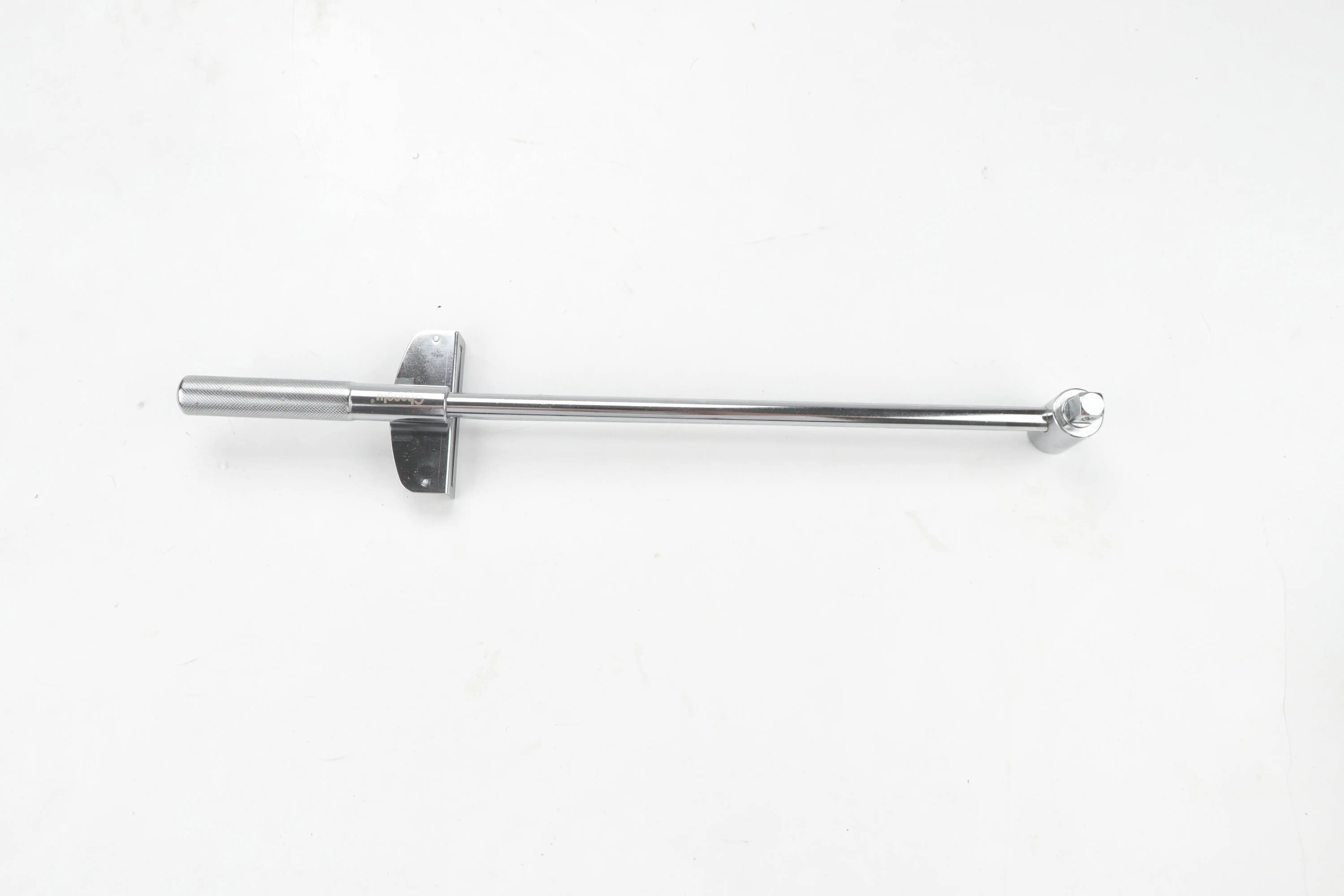
Key Advantages of Pointer Torque Wrenches
Pointer torque wrenches offer several advantages that solidify their place in precision engineering and maintenance:
- High Accuracy: Mechanical calibration and real-time analog indication enable precise torque application, significantly reducing the risk of error.
- Durability and Reliability: Absence of electronic parts means lower maintenance and longer operational lifespan, especially in challenging industrial environments.
- Cost-Effectiveness: Compared to digital alternatives, pointer wrenches provide an affordable solution with easy calibration and maintenance.
- Ease of Use: The direct visual scale and pointer allow immediate feedback without complicated digital interfaces.
- Consistency: Enables users to reproduce torque results reliably across multiple fastenings, which is crucial in quality control.
- Versatility: Suitable for various applications in automotive repair, machinery assembly, petroleum, chemical plants, and electric power industries.
Potential Limitations and Considerations
While pointer torque wrenches excel in many areas, there are limitations to consider. These tools may require frequent mechanical calibration by trained personnel to maintain accuracy, especially under heavy or prolonged use, which can induce slight spring fatigue.
The analog scale might be less convenient for users accustomed to digital readouts offering additional metrics or data logging. In low light or constrained spaces, reading the pointer against the scale might be challenging compared to illuminated digital displays.
Another consideration is the torque range capacity. Pointer torque wrenches generally excel in moderate torque ranges; for extremely high or specialized torque values, other tools might be more appropriate. Cost-benefit analysis should factor in the specific application requirements and frequency of use.
Operators should be trained to read the scale correctly to avoid misinterpretation and ensure proper wrench handling techniques to avoid damage or injury.
Pointer Torque Wrench vs. The Competition
Compared to digital torque wrenches, pointer torque wrenches offer a more rugged and maintenance-free option without reliance on batteries or electronic calibration. They provide immediate visual torque feedback, while digital models may offer enhanced features like memory storage or multiple units of measure.
Versus click-type torque wrenches, which give a tactile signal when the set torque is reached, pointer tools provide a continuous measurement indication, allowing for finer adjustments during tightening. This can be a critical advantage in applications requiring gradual force increases.
While modern electronic tools might appear more sophisticated, pointer wrenches remain trusted in many industrial sectors for their simplicity, durability, and precise analog measurement. Choosing between them depends on specific job requirements, budget, and preferred maintenance routines.
Target Audience and Ideal Use Cases
Pointer torque wrenches are ideal for small to medium-sized enterprises in hardware, machine repair, automotive maintenance, and industrial manufacturing. Purchasing clerks, managers, and owners looking for tools that ensure steady quality and operational reliability will find these wrenches highly beneficial.
Typical users include maintenance engineers performing scheduled fastener tightening, quality control inspectors verifying torque accuracy, and assembly technicians in industries like petroleum, chemical processing, and electrical power installation.
The tool suits environments where durability, ease of calibration, and cost-effectiveness are prioritized over high-tech features. Businesses with fluctuating delivery timelines and price sensitivity also benefit from the dependable performance and competitive price point of pointer torque wrenches, minimizing downtime and ensuring timely project completion.
Applications such as automotive wheel lug tightening, machinery bolt assembly, and pressure vessel maintenance illustrate how the pointer torque wrench enhances precision and safety in practical workflows.
Conclusion
Pointer torque wrenches combine mechanical precision, durability, and ease of use to deliver dependable torque measurement in varied industrial scenarios. They address critical needs like accuracy and consistency while remaining cost-efficient and straightforward. Advancements in materials and calibration methods may further enhance their reliability and user experience, extending their relevance in modern fastening applications. Investing in a precise pointer torque wrench can significantly elevate fastening quality, ultimately leading to safer, more durable equipment performance.
FAQ
1. How often should a pointer torque wrench be calibrated?
Calibration frequency depends on usage intensity and industry standards but generally should be performed at least once a year or after 5,000 cycles to maintain accuracy.
2. Can a pointer torque wrench be used for both clockwise and counterclockwise tightening?
Most pointer torque wrenches are designed primarily for clockwise tightening; however, some models incorporate reversible ratchets allowing torque measurement in either direction.
3. What is the typical accuracy range of a pointer torque wrench?
Generally, pointer torque wrenches provide accuracy within ±3% to ±4% of the indicated torque, suitable for most industrial and maintenance applications.
4. Are pointer torque wrenches suitable for digital data logging?
No, these wrenches offer analog readings only. For digital data recording, electronic torque wrenches are preferable.
5. How do environmental factors affect pointer torque wrench performance?
Extreme temperature, humidity, or dust can impact mechanical components and calibration. Regular maintenance and protective storage are recommended to ensure longevity.
6. What is the difference between a pointer torque wrench and a click-type torque wrench?
A pointer torque wrench provides continuous torque measurement on a scale, while a click-type wrench signals when a preset torque is reached with an audible 'click.'
Where to Buy Pointer Torque Wrench?
If you are seeking high-quality pointer torque wrenches backed by expert manufacturing and reliable supply, consider Changlu. With a solid reputation in hardware tools and a dedicated focus on precision hand tools, Changlu provides durable torque wrenches tailored to meet industry demands. Their extensive experience ensures products with stable quality, competitive pricing, and dependable delivery schedules.
To explore Changlu’s selection of pointer torque wrenches or inquire about bulk orders, please contact us at changlu@shukuntools.com. For details, please refer to the website: shukuntools.com.
References
1. Tool and Manufacturing Engineers Handbook, Volume 1: Machining, Materials, and General Processes, Society of Manufacturing Engineers, 1995.
2. Precision Measurement and Calibration Techniques in Torque Tools, Journal of Engineering Technology, 2018.
3. Industrial Fastening Fundamentals: Torque Tools and Practices, Industrial Fasteners Institute, 2021.
4. Handbook of Mechanical Engineering Calculations, Ronald J. Terrell, McGraw-Hill, 2003.
5. Maintenance and Reliability Best Practices, Ramesh Gulati, Industrial Press, 2014.
6. ASME Standard on Calibration of Torque Wrenches, American Society of Mechanical Engineers, 2020.
